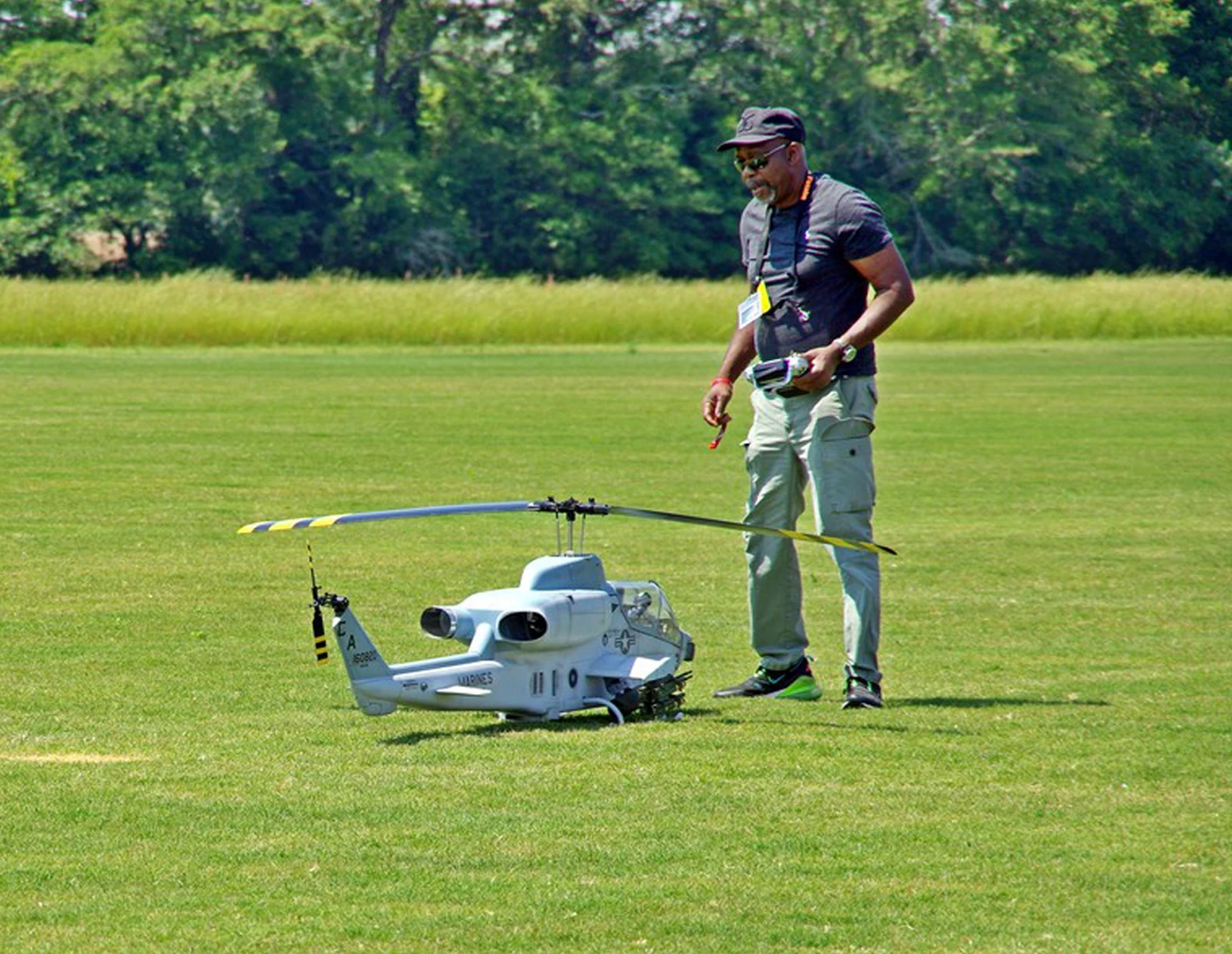It is our goal to help provide you with an instructor who will work with you in learning to safely fly your aircraft.

Instructor - David Keller, send text to (678) 898-4928 (airplanes)
Instructor – Paul Hives, send text to (678) 361-0360 (airplanes)
Instructor – David Warren, send text to (504) 957-2962 (helicopters)
It is our goal to help provide you with an instructor who will work with you in learning to safely fly your aircraft. Please remember though that the club's officers and instructors are volunteers! No one is being paid to take time to assist you, and by AMA rules they are not allowed to accept any form of payment or gratuity. While the club would like for you to become a participating member as well as a safe pilot, the ultimate burden for becoming successfully trained lies squarely at your feet. To get started, text/call an instructor as noted above with your name and basic information (name, model of aircraft, model or transmitter at a minimum). Together, we can work out a training plan for you.
Consequently, you must be proactive in calling to ask for an instructor. Just paying your dues and then waiting for someone to contact you is not going to get you out to the field. Also, showing up at the field and hoping someone there will take the time to help you will also not work. This practice is actually discouraged, because while some members may be willing to help, they may not have the expertise or background to do so safely. You need to make contact with an instructor, set up a formal training plan, and then stick to it. A student pilot must furnish his/her own aircraft, accessories, and radio gear for training. Due to noise restrictions, turbine powered aircraft, and gas/glow powered aircraft without an effective muffler, are not allowed at our field.
All new members ask the question, "How long will it take for me to learn?" The answer though is far from simple. I have seen a new flyer become proficient enough to solo in as little as three or four 10 minute flights. There have also been instances where a person never really learned to fly safely without a backup instructor. You can learn to solo a full-scale aircraft in 10 to 15 flight hours. It will take a little less time to learn to fly a model aircraft for a person with no previous experience, but not much. Keep in mind that this means up to 30 or 40 10-minute flights. Typically, you can get an hour of flying per trip to the field so count on at least 7 to 10 visits to the field. It is also important to realize that the more you spread out the trips the more you repeat the previous lesson and the longer it will take. If you are going to get started, plan to get out at least once per week for 2 to 3 hours each and every week. Also keep in mind that you are asking a volunteer instructor to do the same.
Upon successful completion of pilot qualification, you will be given the code for main gate access. Please lock the gate behind you, if you are the last person leaving the field.